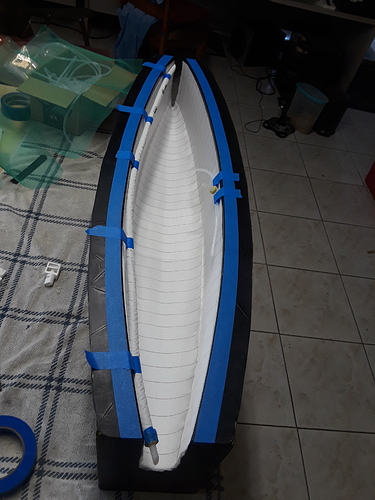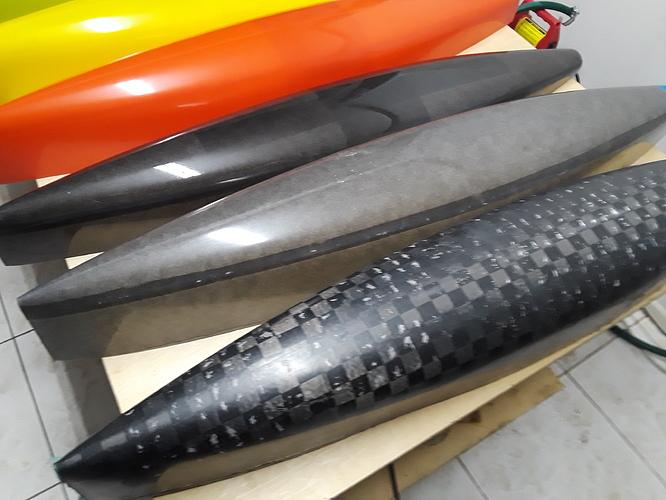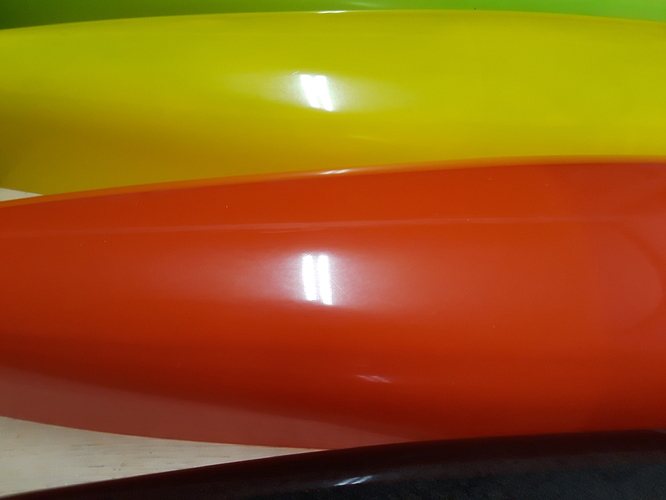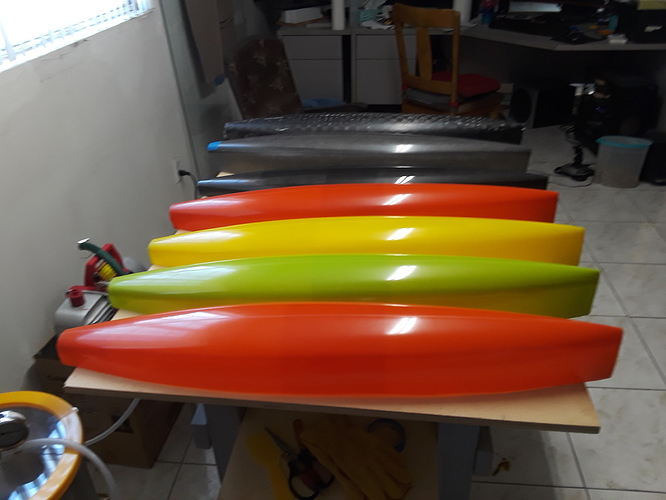I had been having problems with dry spots and tiny bubbles. Hojo recommended I make sure of my vacuum and to degass.
Well Im back. @Hojo, you may have been right, but there were other issues as well, as I discovered.
- I changed up my bagging material and got away from the Airtech Stretchlon 200. Im now using 36" Bag Tubing Airtech Ipplon KM-1300 LFT.This bag TUBE helps me use less Sticky Tape, is thicker and gives me more confidence while handling it. Works like a charm. Just Bag the WHOLE MOLD.
- I was degassing my Pro-set Infusion Resin for 5 mins before Flowing Resin. I kept increasing my degass times and kept seeing improvements in the finish. Now I am degassing for approx 13 mins and getting great results.
- I was using MTI Hose on both sides of the mold and flowing with a large metal Intake, in the middle. The round one. I kept having bubble problems at the intake. I changed up to using a simple 1/4" Nylon Tee fitting for $1.99. Its a one time use but hey its worth a couple bucks it if works. Now I Use the Tee with some 6mm spiral extensions on one side of the mold and one MTI Hose on the other side. Takes longer to evac the air out of the bag but again, Im saving money on MTI Hose.
- I have all the Flow Technique down to a science now. Im using simple and cheap plastic clamps to adjust the resin flow and now have the flow speed ingrained into my brain. Let the flow symphony begin!
- I know just when to shut down the flow. The whole flow process takes just a few minutes. Maybe Ten Minutes for the result.
I quit using Carbon Fabric as the Spread Tow (I believe) was causing some of the flow misery I was experiencing. I am now using Tight Weave Fiberglass. One layer of 3 oz and one layer of 6 oz. This is giving me the strength and stiffness result I was looking for but still coming out fairly light. Im giving up approx .75 oz in weight vs the Carbon version. At this point, its a great compromise, and cheaper too.
I cant begin to tell you the sense of accomplishment I am feeling now.





 so they get a notification
so they get a notification